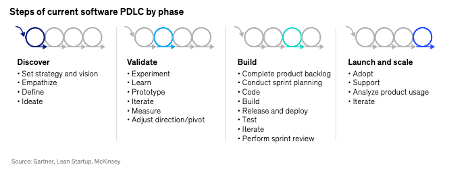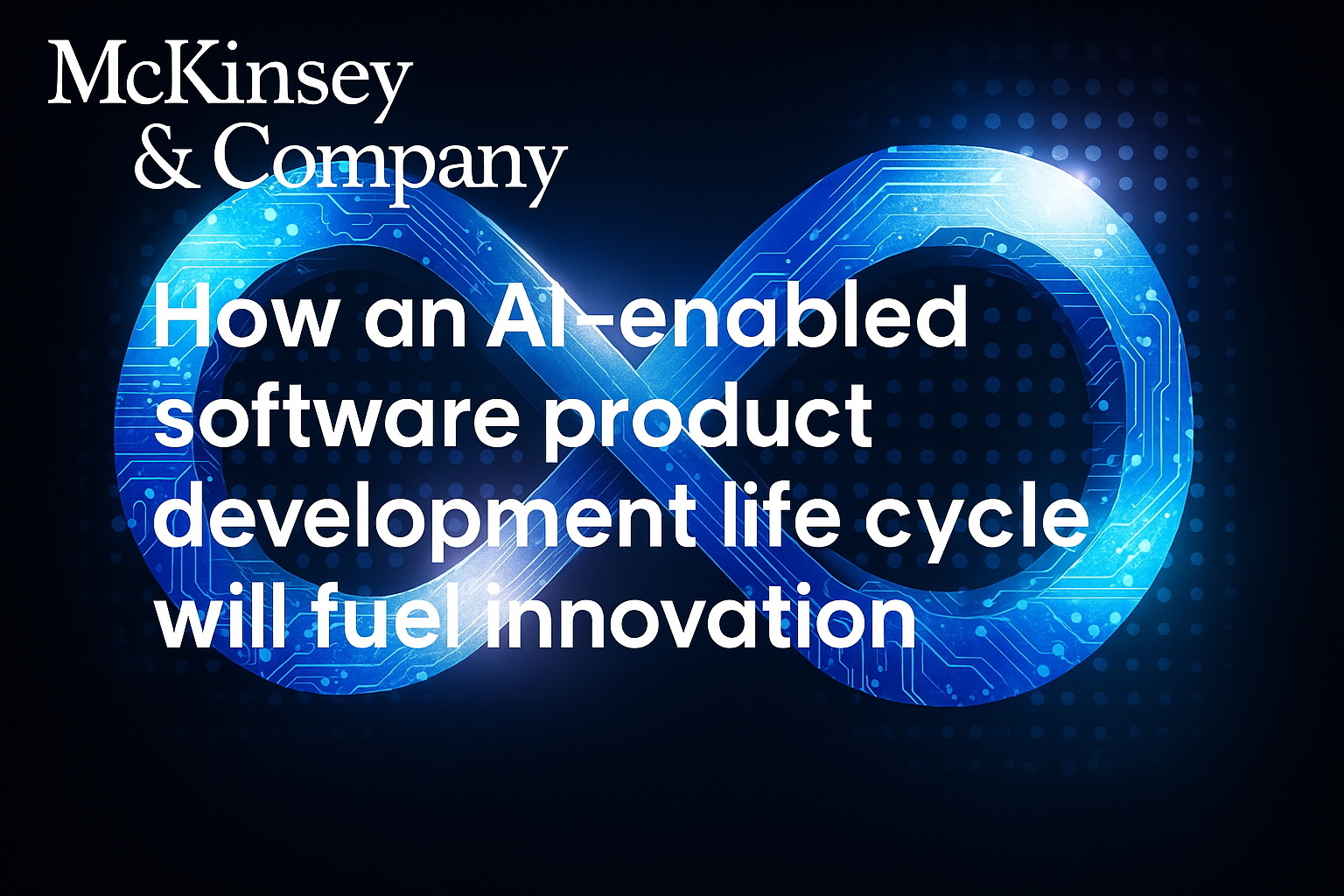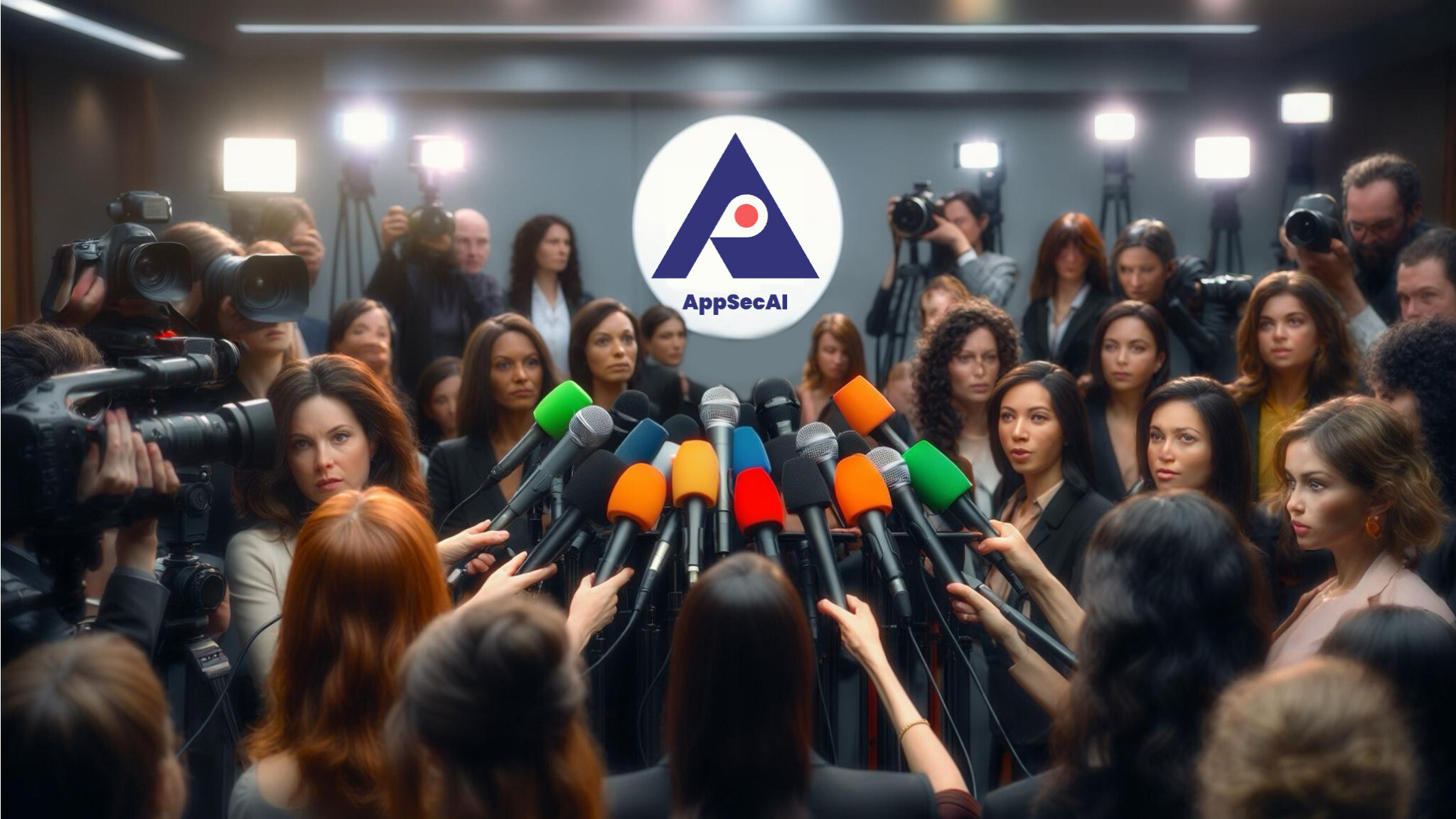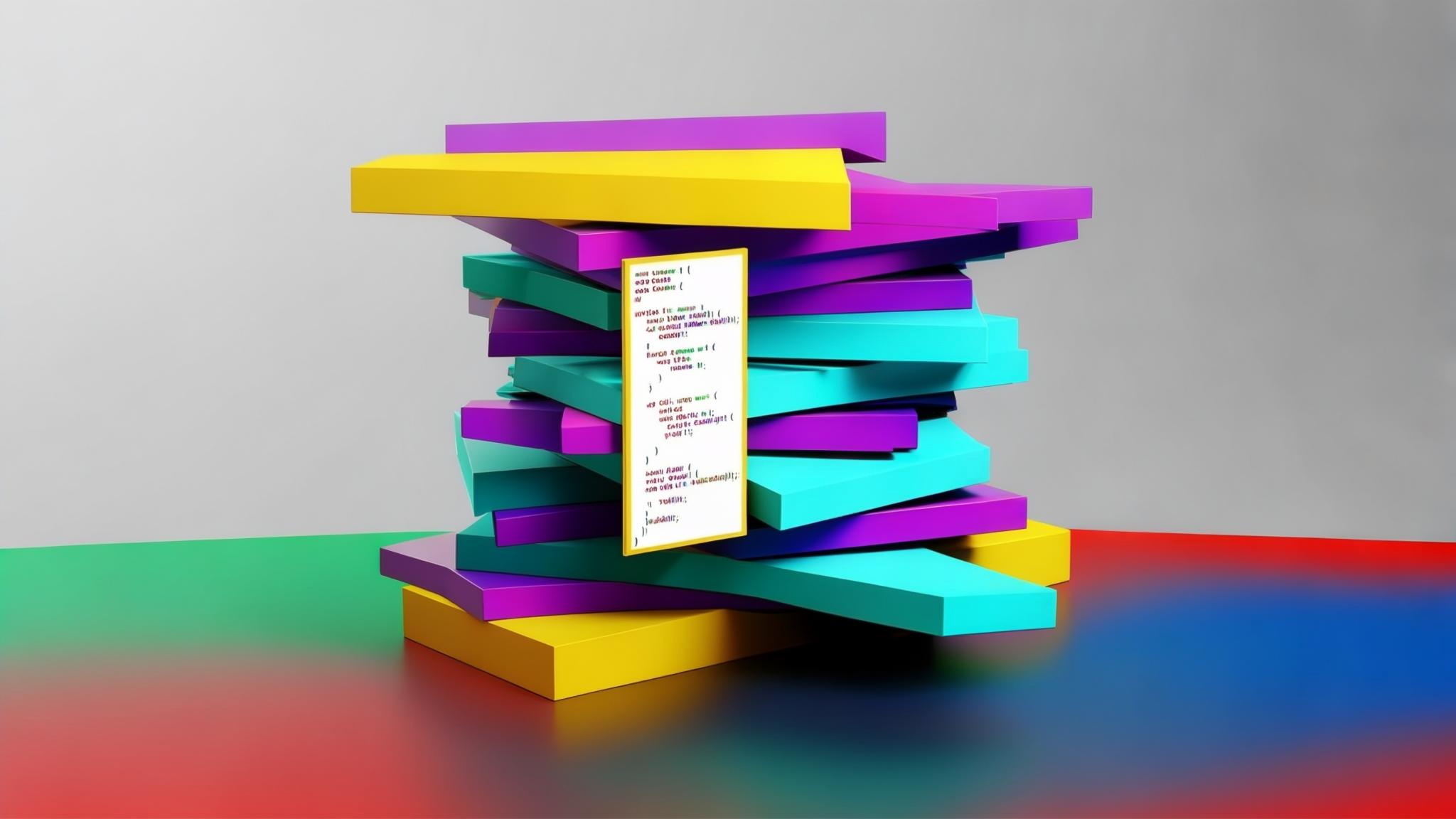AI is fundamentally transforming how software is built. According to McKinsey's February 2025 report, "How an AI-enabled software product development life cycle will fuel innovation," this technological shift has the potential to "accelerate the process, improve product quality, increase customer adoption and satisfaction, and spur greater innovation." As the CEO of a company dedicated to application security innovation, I've witnessed firsthand how these changes are creating both challenges and opportunities for security teams.
Two Worlds Colliding: Traditional vs. AI-Enabled PDLC
The traditional product development lifecycle (PDLC) is undergoing a profound transformation. Let's compare what this means for your security team:
Traditional PDLC:
- Sequential phases: Discover → Validate → Build → Launch and Scale
- Fragmented ownership across product management, engineering, and security
- Manual bottlenecks in security assessment and triage
- Weeks or months from concept to deployment

AI-Enabled PDLC - now called Vibecoding:
- Compressed, parallel processes with discovery, validation, and experimentation happening simultaneously
- Integrated customer data across the development cycle
- Significantly faster prototyping and iteration
- Days or hours from concept to deployment

McKinsey notes that AI is "fundamentally transforming the development of software products, increasing the pace of the process and the quality of the final output." What once took weeks now happens in days or even hours.
For application security teams, this acceleration creates a serious challenge: how do you maintain security when development now moves at AI speed, with more developers in your organization under intense business pressure to ship products faster?
AI Development Vibecoding PDLC is Here: More Challenges for AppSec
Consider these realities facing your application security team:
- Increased Volume: AI tools are enabling developers to produce significantly more code and applications than ever before. According to McKinsey, this acceleration means "more good ideas see the light of day," but for your security team, the workload is multiplying while your resources remain constrained.
- The Manual Bottleneck: Traditional security approaches require experts to manually review findings, creating bottlenecks that negate the speed benefits of AI-powered development. With high false positive rates (often around 40%), your team is spending weeks manually triaging noisy results.
- Business Pressure to Ship Faster: Your organization is under intense pressure to deliver products to market quickly. As McKinsey notes, companies are adopting AI to achieve "significantly faster time to market" – this pressure cascades to your team, with executives questioning security processes that delay releases.
- More Developers, More Code: Your company is likely hiring more developers and creating more applications than ever before. With product managers becoming "mini-CEOs" who can directly prototype and build products, the volume of code requiring security assessment is growing exponentially.
The simple truth is that without embracing automation and AI, application security teams cannot keep pace with AI-accelerated development.
Unleashing Your Team's Superpowers: AI as the Security Multiplier
Rather than viewing AI as a threat, forward-thinking security leaders are embracing it as a superpower – a force multiplier that enables their teams to match the pace and scale of modern development. Here's how:
Automated Triage and Assessment
AI can efficiently analyze security findings with high speed and accuracy, eliminating the false positives that consume valuable time and allowing your team to focus exclusively on real vulnerabilities.
Automated Fixes with Contextual Security
AI security tools can understand the specific context of your applications, adapting to your organization's unique coding standards, architectures, and security requirements rather than applying one-size-fits-all rules. Delivering code fixes that are effective powers greater automaton.
Portfolio-Scale Coverage
Perhaps most importantly, AI automation enables you to expand security coverage across your entire application portfolio, assessing more applications more frequently without proportionally increasing headcount.
AI is Your Superpower for Transformation
The future of application security belongs to teams that can effectively harness AI to match the speed, scale, and complexity of modern development. By embracing AI as a force multiplier rather than a threat, you can transform your security team from a potential bottleneck to a strategic enabler of secure innovation.
The question isn't whether AI will transform application security – it's how your team will lead that transformation to be successful in this new era.
For more information about how AppSecAI can help your organization eliminate false positives and automate remediation, visit www.appsecai.io or contact us at automation@appsecai.io.
Bruce Fram
CEO and Founder, AppSecAI


